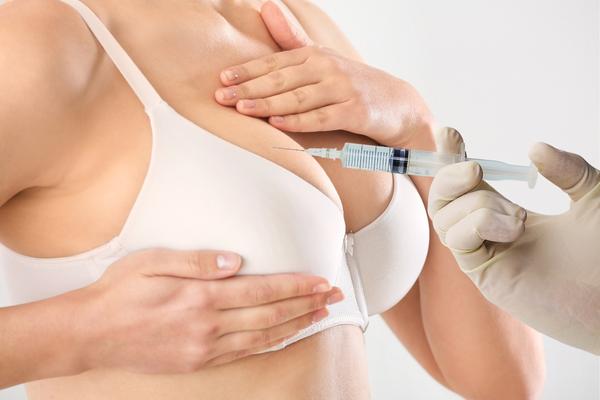Achieving smooth, even-toned skin is a common goal for many individuals, especially those struggling with hyperpigmentation, uneven texture, or roughness. Among the various solutions available, Skin whitening treatment in Dubai has gained attention for its potential to address discoloration while improving skin texture. But does it also reduce roughness, or is it solely focused on lightening pigmentation? This article explores the relationship between skin whitening treatments and skin smoothness, examining how these procedures work and their impact on rough or uneven skin.
Skin Whitening Treatments
Skin whitening treatments are designed to reduce melanin production, lighten dark spots, and create a more uniform complexion. These treatments often involve advanced dermatological techniques such as laser therapy, chemical peels, or topical applications that target excess pigmentation. While their primary goal is to brighten the skin, many of these treatments also promote exfoliation and cell turnover, which can indirectly improve skin texture.
How Skin Roughness Develops
Rough skin can result from multiple factors, including dehydration, sun damage, dead skin cell buildup, or underlying skin conditions like keratosis pilaris. When the skin’s outer layer becomes thick or uneven, it loses its natural smoothness, leading to a coarse or bumpy texture. Addressing roughness requires more than just hydration—it often demands treatments that actively remove dead skin cells and stimulate collagen production for a softer surface.
The Connection Between Skin Whitening and Smoothness
While skin whitening treatments primarily target pigmentation, several of these procedures also contribute to reducing roughness. Here’s how:
Exfoliation Through Chemical Peels
Chemical peels, often used in skin whitening regimens, involve applying a solution that removes the top layers of the skin. This process not only lightens dark spots but also eliminates dead skin cells, revealing a smoother, more refined texture underneath. By promoting cellular renewal, peels can significantly reduce roughness over time.
Laser Treatments and Skin Resurfacing
Laser-based skin whitening treatments, such as fractional lasers, work by targeting melanin deposits while simultaneously encouraging collagen production. The heat from the laser stimulates skin regeneration, leading to improved elasticity and a softer texture. Patients often notice both a brighter complexion and reduced roughness after a series of sessions.
Topical Agents with Dual Benefits
Certain topical agents used in skin whitening, such as alpha hydroxy acids (AHAs) or retinoids, serve a dual purpose. They inhibit melanin synthesis while accelerating exfoliation, ensuring that the skin remains smooth and free from flaky or rough patches.
Factors That Influence Results
Not all skin whitening treatments guarantee a reduction in roughness. The effectiveness depends on several factors:
Skin Type and Condition
Individuals with naturally dry or thick skin may require additional moisturizing treatments alongside whitening procedures to achieve smoothness. Conversely, those with oily or combination skin might see faster improvements in texture due to better exfoliation.
Treatment Intensity and Frequency
Milder treatments, such as superficial peels, may only provide slight improvements in texture, while deeper peels or aggressive laser therapies can deliver more dramatic smoothing effects. However, stronger treatments also come with longer recovery times.
Post-Treatment Care
Maintaining smooth skin after whitening treatments requires proper aftercare, including hydration, sun protection, and gentle skincare. Neglecting these steps can lead to recurring roughness or irritation.
Potential Risks and Considerations
While skin whitening treatments can improve texture, they are not without risks. Overuse of exfoliating agents or improper laser settings can cause irritation, increased sensitivity, or even scarring. It’s essential to consult a qualified professional to determine the safest and most effective approach for your skin type.
Temporary Side Effects
Some patients experience temporary redness, peeling, or dryness after whitening treatments, which may initially make the skin feel rougher. However, these effects typically subside within days, revealing smoother skin underneath.
Long-Term Maintenance
Achieving lasting smoothness often requires multiple sessions and consistent skincare. A single treatment may lighten pigmentation but might not fully address deep-seated texture issues without follow-up care.
Alternatives for Targeting Roughness
For those primarily concerned with skin texture rather than pigmentation, alternative treatments like microdermabrasion or hydrafacials may be more suitable. These focus exclusively on exfoliation and hydration without altering skin tone.
Conclusion
Skin whitening treatments can indeed reduce roughness, but their effectiveness varies depending on the method used and individual skin characteristics. Procedures like chemical peels and laser therapies not only lighten pigmentation but also promote smoother, more even skin by removing dead cells and stimulating renewal. However, maintaining results requires proper aftercare and, in some cases, complementary treatments. If roughness is a significant concern, discussing your goals with a skincare specialist can help tailor a plan that addresses both tone and texture effectively.



